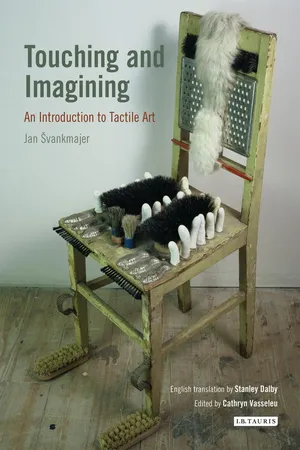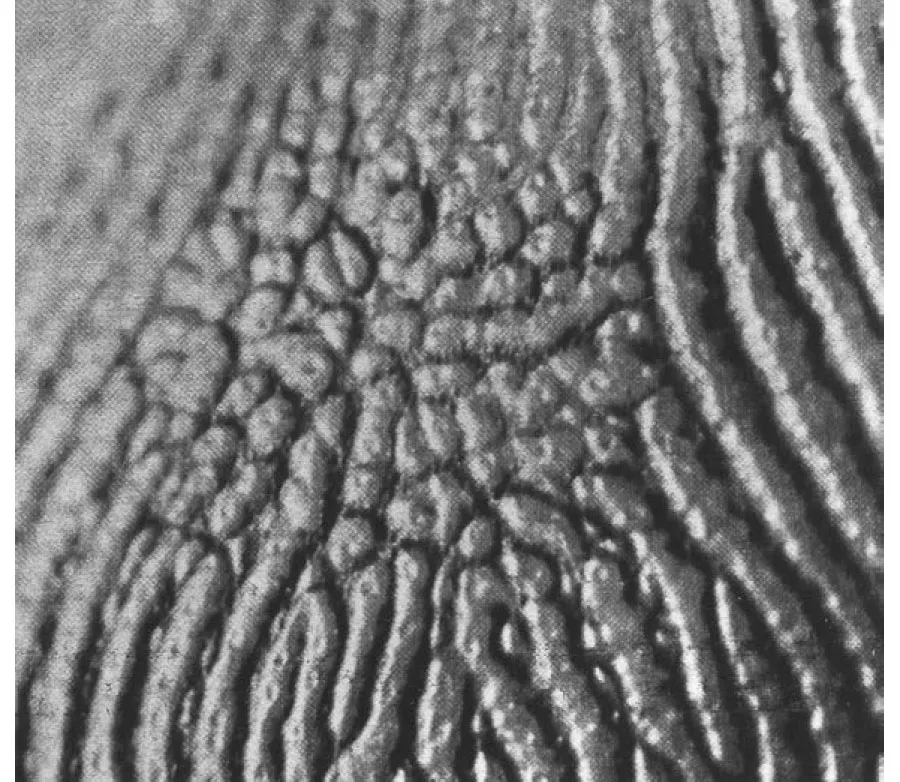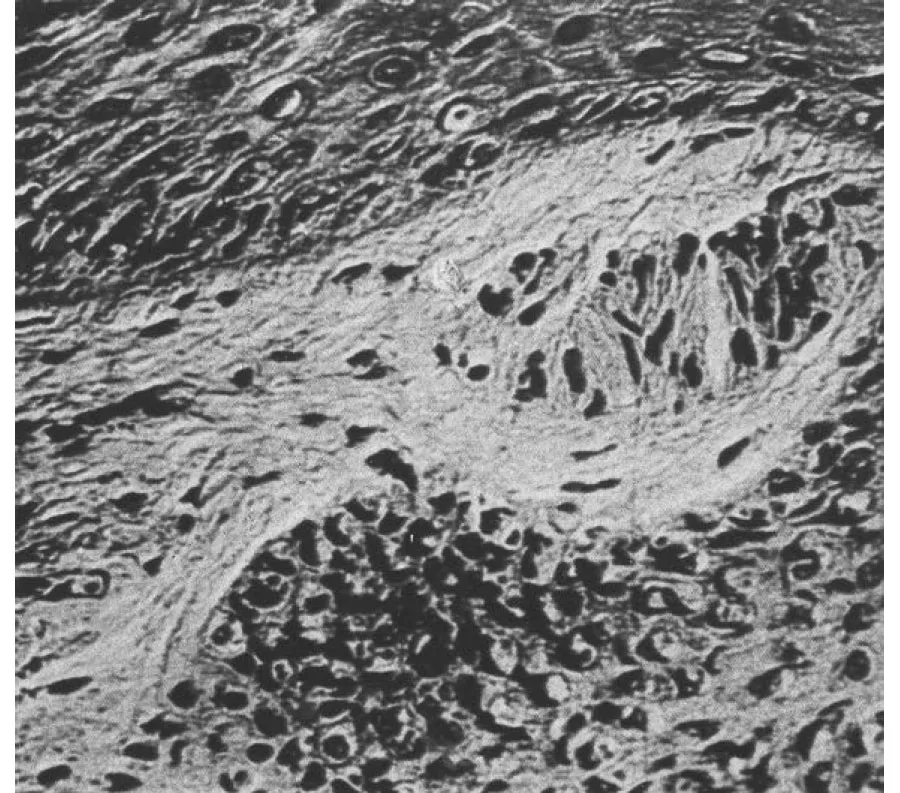![]()
1
INTRODUCTION
Please Touch
Marcel Duchamp, 1947
Liberation always comprises of achieving, against degenerate stylistic, cultural and historical customs, against empty philosophy, abstract logic, withered intellect and
barren tradition, a forever young, forever regenerating, accessible, honest and truthful vision, which does not violate objects or life but freely surrenders to the fullness of the moment. I
can imagine an artist who would correct an occasion of corrupted vision with an appeal to honest touch; liberation means not being afraid of overthrowing the hierarchy of authority and
summoning the courage for honest primitivism in times of perverse, false and illusory cultural and artistic complexity.
F. X. Šalda, 19011
OUR SIGHT IS being corrupted on an unimaginable scale. Daily it is drowned and blunted by a flood of the most banal consumerist culture which, aided by television, commercial
film and advertising, degrades our visual sensibilities. To force the eyes to ‘stop’, to rest on an object and to enable its comprehension by our visual perceptions, is becoming more
difficult with our increasingly superficial powers of observation. Whenever any of our senses have to deal with issues of art, we need to establish favourable conditions for this by freeing a
specific sense, or its fundamental capacity, from utilitarian functions. The physical sense, commonly referred to as touch, by its very name implies that its exploitation happens above all with
hands, with fingers. Contemporary technological civilization is daily liberating our hands from the coarsest of manual labour, thereby potentially freeing them for ‘aesthetic’
perceptions. The current dilemma facing our tactile sense is either to let it atrophy, as has happened during our evolution as humans, along with other senses which became superfluous (the latest
one being the sense of smell), or to cultivate and apply it to functions other than manual labour. It will certainly require development over a long time. It will be a matter of adaptation, but
didn’t the eye and the ear have to adapt? Precisely because right now we are standing at practically the zero point of this new function for our sense of touch, I feel justified in believing
in a maximally authentic experience of the tactile world within and outside of us.
The physical sense has a special standing among the so-called higher senses. While vision and hearing are plainly objective senses, taste and smell are subjective. Touch is somewhere in the
middle, partly objective, partly subjective. While touching, we project a sensation outwardly, outside of us; at the same time we perceive it subjectively, on our skin. It means that touch can play
an important role in overcoming the opposition of Object – Subject. Perhaps precisely because touch had, of all senses, the longest utilitarian function it could not for practical reasons
become ‘aesthetic’, it retained primarily a certain ‘primitive’ connection with the world. There is also the fact that the physical sense plays one of the most important
roles in eroticism. This ‘primitivism’, not yet trivialized by aesthetic codes, and the instinctive experiences of tactile perception, will always throw us back to the deepest layers of
our unconscious. Touch could well be the very sense most suitable for the functions of modern art. The fact that up to now touch stood on the sidelines of art history can be put down to its slavery
to the mundane, from which it is slowly freeing itself. The experimentation that I am here proposing originated in an interpretative play that I prepared in 1974 for my friends in the Surrealist
Group. The results were so thought provoking that, for me, henceforth touch became a potentially revolutionary class of our sensory life, brutally exploited and suppressed, supposedly in the
interest of culture and civilization.
![]()
2
BETWEEN UTILITARIANISM AND IMAGINATION
The history of human spirit, as seen through psychoanalytical research, shows that all human needs are comprised firstly of material and utilitarian needs and how the fulfilment of one leads to the fulfilment of the other. Any aesthetic activities first lean towards the utilitarian functions serving practical life (cave paintings, Middle Ages trade skills, folklore) and only later becomes independent of them. Aesthetic activity and impressionability, just like sexuality, comes to life in conjunction with the most important living, physical and working functions.
Karel Teige, ‘Poetry for the Five Senses or the Second Manifesto of Poetism’, 19281
Tactile utilitarianism objects
Comb
Toothbrush
Face cloth and brush
Soap
Ointments and creams
Manicure scissors
Clothes, shoes
Massage equipment
Working equipment, tools, materials
Condoms
Surgical tools
Weapons
etc.
Tactile utilitarianism activities
Manual work
General sexual activity
Visit to a doctor (medical examination)
Surgical procedure
Barefoot walking
Sunbaking
Swimming
Body washing
Getting dressed
Trimming fingernails
Perspiring
etc.
Experiments in expanding the utilitarian functions of touch
These experiments take place in the two spheres of our psychological life:
1. Touch; used to enlarge the possibilities of inter-human communication.
2. Tactile therapy.
Research into the fundamental importance of tactile communication, conducted in the USA in the 1950s by Frank A. Geldard, Professor of Psychology and Dean of the Faculty of Psychology at the University of Virginia, Charlottesville, can be regarded as significant. Even though this research was undertaken for totally utilitarian purposes (it was financed by the Ministry of Navy) and has little connection with my experimentation, it is interesting for several reasons.
Science finally took notice of the unrealized potential of touch and commenced its systematic investigation.2 Furthermore, it pointed to the quantitative range of tactile sensibilities and technical perspective of its exploitation, which could also have some bearing on tactile art.3
Although tactile therapy could be classed in some ways among the unconventional utilitarian actions (attempting relaxation, personal balance, improving of physical and mental condition and so on), at the same time it fits into imaginative tactile procedures, reminiscent of a simple nursery rhyme.4
There is no doubt that the application of tactile therapy can have a considerable effect on the cultivation of touch, thereby serving as a preparatory education of future tactile ‘audiences’. I regard this as being of major significance for the new tactile arts. Jerzy Grotowski has attempted expansion of tactile perceptions beyond narrow utilitarian functions in some para-theatrical projects. Richard Mennen, in ‘Grotowski’s Paratheatrical Projects,’ describes one such experience:
As with Scierski’s ‘narrow group,’ Cieslak’s was a one-day introduction to a process that ordinarily takes several weeks. There were more than thirty participants who waded up streams, jumped in mud holes, danced with flaming torches, caressed each other with wheat but there were so many experiences that later I could not recall the precise sequence. By the end I felt a profound connection with the natural world and that I had begun to search in a very physical way for roots and sources. One of the most memorable moments was when I found myself digging with my hands into the loose earth of a recently ploughed field full of roots and asking the roots who I was. I wrote in my journal:
As I dug deeper into the earth, my whole arm in it and the roots, I felt in my body, with each thrust, something strong, hidden, like birth, like sex, like death; frightening and necessary. I do not know what it was, but it was something. It was also like a source.5
It seems that the purpose of these experiments is to break with the usual stereotypes of tactile (and non-tactile) sensory experiences, to divorce them from utilitarianism and to stimulate the imagination. In that sense it is a pragmatic preparation of sensitivity, of its sharpening, of freeing it from utilitarian habits, to enable us to perceive the world and its challenges in a new way. It is comparable to the preparation of tactile perception of objects – as described by Marinetti in his manifesto. Thus even the para-theatrical project of Jerzy Grotowski and similarly the tactile therapy of Bernard Gunther...


